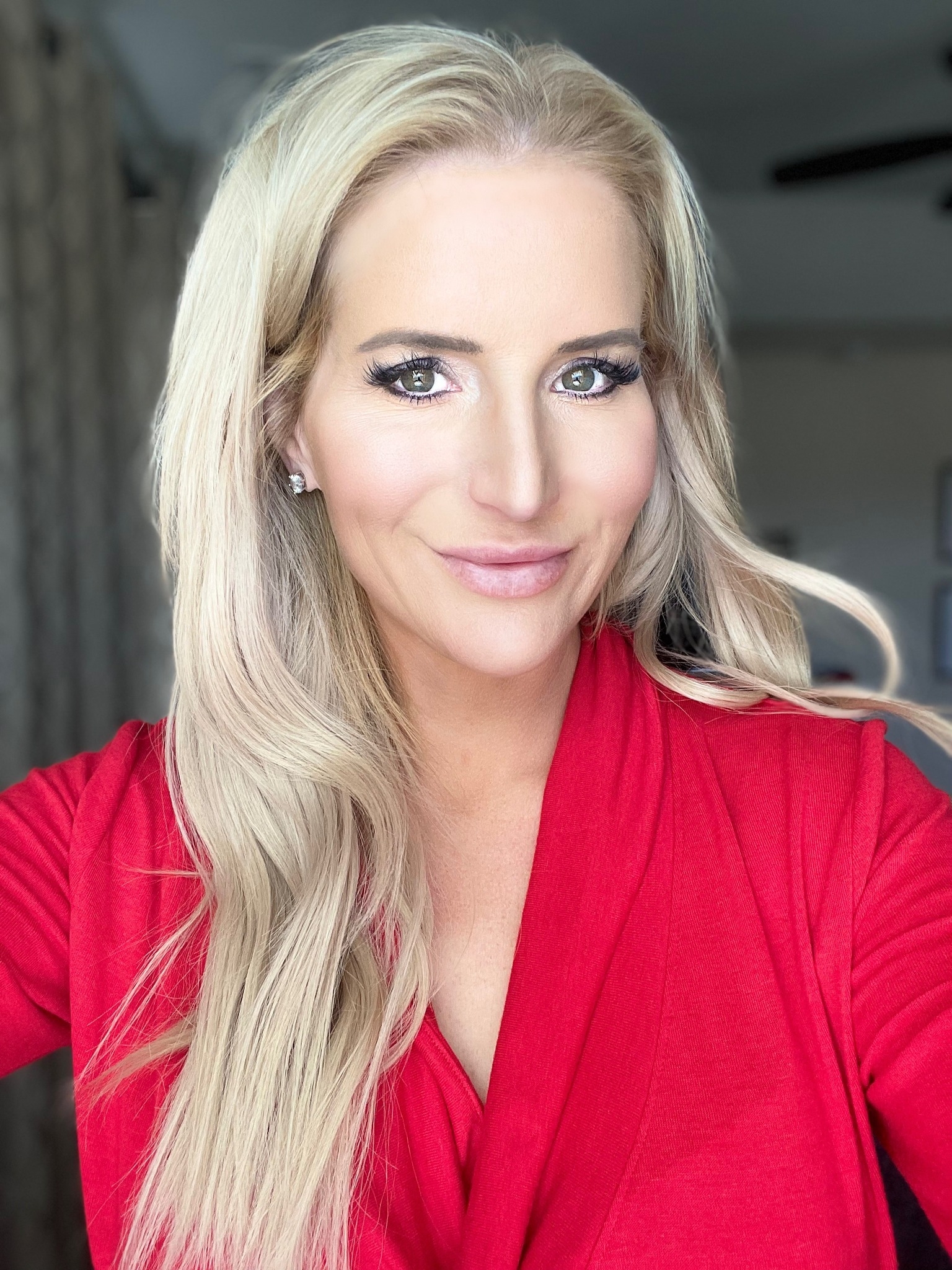The skin care industry is a competitive market whose diversity spans an array of companies and brands, ranging from large, multinational corporations to smaller independent brands and startups, and many brands standing strongly in between. Licensed skin care professionals know the importance of choosing the right brand because it can be the difference between staying in business or not. This article examines the pros and cons of working with different types of brands with the understanding that there is not a one-size-fits-all solution; it is more so about each individual finding what works for them and their spa’s unique needs.
MAKING A MATCH
When selecting a brand, it is important to make sure the line supports the professional’s clientele. Selecting a brand that has heavy emphasis on treating aging skin is fruitless for the professional whose main demographic are those seeking acne treatments. Beyond choosing what aligns with one’s ideal clientele demographic, the criteria for selection should range from accessibility, price point, customer service standards, efficacy, marketing resources, and account support. All these factors can play an integral role in overall success.
As mentioned, there is not a collectively perfect skin care brand, nor is there near perfect brand for most! It is up to each skin care professional to decide what is right for them. Understanding some of the intricacies of the business behind all beauty brands can also offer a greater understanding of the options – ultimately, helping the professional choose a brand that fits their needs best.
THE BEAUTY (& THE BEAST) OF MASS MARKET BRANDS
If a client has not had a regular skin care provider, it is likely that when they first think of skin care they picture major corporate giants like Olay, Clearasil, Cetaphil, Neutrogena, and other drugstore brands. This is because they are exposed to these brands through mass-advertising in commercials, magazine advertisements, and displays at stores they often shop at.
When it comes to the multinational brands and corporations, owned by conglomerates like L’Oréal, Estée Lauder, Johnson & Johnson, Proctor & Gamble, and Unilever, these mass-market behemoths have extensive research and development capabilities and vast distribution networks with significant marketing budgets which allow them to get in front of consumers easily and often.
Professionals compete for these sales and can be quick to frustration when clients choose these products to fill their sink counters; however, these brands also bring positive aspects to consumers that skin care professionals cannot. From creating a mainstream perception that there is a need for skin care products to the consumer education happening because of these companies, their far and wide reach helps tell the story to consumers about why they should care about their skin. Teaching people why they should care about their skin is half the battle, and the other half is teaching them how, which is where skin care professionals come in.
Want to read more?
Subscribe to continue reading this article, plus gain access to all DERMASCOPE has to offer.
SUBSCRIBE

Lauren Snow is the director of brand management and communications for Circadia. She also leads the global organization’s communications, developing and implementing internal and external strategies to promote Circadia’s overall identity and mission to further position itself as the global leader in skin care innovation. As a skilled licensed aesthetician and spa marketing expert, Snow has landed coverage in consumer publications such as The Chicago Tribune, Good Housekeeping, and FitFabFun. Her contributions are also regularly featured in industry trade magazines such as ASCP’s Skin Deep, Les Nouvelles Esthetique, and DERMASCOPE Magazine. Snow also currently serves on the board at Be The Reason Charities, a nonprofit organization for marginalized women and children.